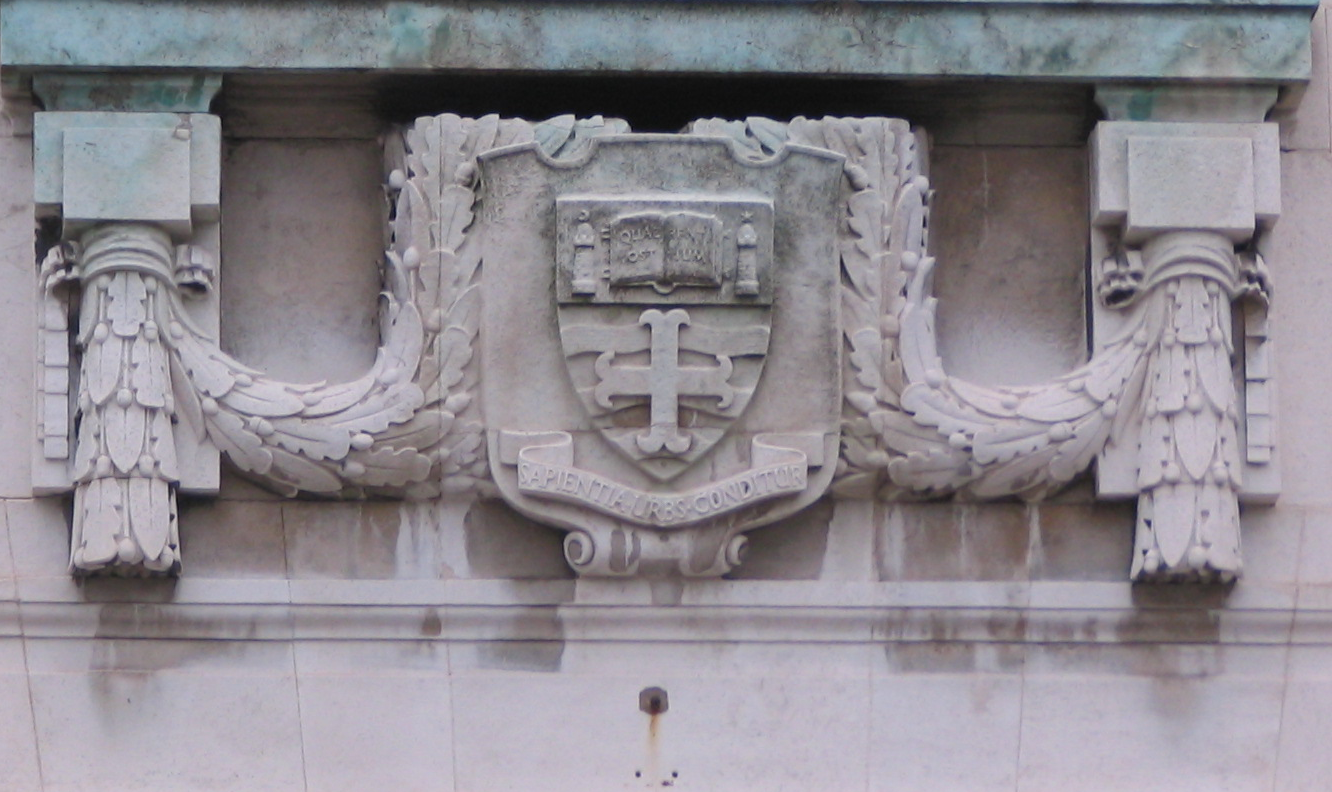Last month a new museum opened its doors in France. It exhibits a rather peculiar collection of art, since all of its works are copies. A team of artists and scientists devoted all their effort to produce meticulously resemblances of the originals. These originals were made as early as 35000 years ago, in a cave we now know as the Chauvet Cave named after one of its discoverers. Soon after its discovery, it was decided to close the cave from the public to protect the fragile, unique pieces of art it had shielded for so long from decay.
When visiting the cave, even if only online, one cannot but be in awe for what our ancestors, in the harsh conditions in which they lived their short lives, were able to create. We enter a world very different from ours when we engage with paintings of large animals, abstract shapes or mysterious figures. But even if we were to be able to enter a prehistoric mind, the cave world would still be a peculiar world, distinct in nature from the world outside. It would represent a symbolic world, with as many complex layers of meaning as we find in, for example, the Sistine Chapel. Can we do more than merely entering this symbolic world physically? Can we somehow grasp something of the original astonishment of life from which this art emerged?
The ability to create and use symbols is, according to Terrence Deacon, a distinctive feature of the human species. The debate about whether we should see the relation between humanity and the natural world as 'continuity' or 'discontinuity' is beyond the scope of this blog post, although it is a highly interesting one. One could for instance question whether thinking in terms of species-specificity is really helpful in thinking about what it means to be human. Does species-thinking imply a dichotomy between ‘the human’ and ‘nature’? Instead of taking up questions like these, this blogpost will briefly discuss another aspect of the notion that we are a symbolic species, namely the question of whether we can somehow see a connection between us, modern humans, and the prehistoric artists who gave us the Chauvet paintings.
Jan-Olav Henriksen argues that theology should review its concepts from the perspective of 'deep history', or, briefly, from the perspective of the evolutionary origins of our species. Taking this perspective leads, according to Henriksen, to the question of 'where to draw the line':
"(…), how are we to understand the fate of all those living beings who lived prior to Christ, and who were part of the earlier stages of human history - including the stages before there was anything like "organized" or assembled and traditioned religion?" (Henriksen 2014, 861) Henriksen agrees with Deacon's analysis on the importance of the capacity of symbols, making the observation that "Symbols may change lives and make history." (Henriksen 2014, 863)
But he is reluctant to see this capacity as necessary for the communication between God and human beings. That would lead, he thinks, to the unwarranted conclusion that for instance people with autism spectrum disorder are not in relation with God, in other words, that these people are on the wrong side of the line. What Henriksen argues for, is a gradual approach. God calls all living beings, he suggests, and "all living beings are able to relate to God on the basis of their given capacities - in different modes, manners, and ways." (Henriksen 2014, 864) Although much more can be said on the theme of inclusiveness and on capacity-thinking, Henriksen’s approach seems to allow for a more inclusive view on salvation history.
There is a wonderful story in the Bible that might suggest Henriksen's proposals are worth further consideration. The closing pericope of Matthew 14, 22-31, reads as follows:
“Lord, if it’s you,” Peter replied, “tell me to come to you on the water.” “Come,” he said. Then Peter got down out of the boat, walked on the water and came toward Jesus. But when he saw the wind, he was afraid and, beginning to sink, cried out, “Lord, save me!” Immediately Jesus reached out his hand and caught him. “You of little faith,” he said, “why did you doubt?”
There is much to say about this story, but of particular relevance here is that we see is how Christ always awaits us right at the point where we think we cannot go further, to reach out and catch us. As Henriksen holds, "there is no need to draw any "lines" that exclude part of creation from this work." (Henriksen 2014, 869)
Might this help us emphatize with the people who lived in the symbolic world of the Chauvet cave? These are the people to which Denis Edwards refers, when he writes:
"(…) we can think of our ancient forbears coming to self-consciousness in a world that was already a world of grace. Of course it would also have been a world of danger and fear. Our ancestors must have come to consciousness in a world that was extremely threatening. Perhaps their rituals and myths can be seen both as a way of taming the terrors of life and as an attempt to give expression to the experience of a grace."
This suggests divine grace to be enfolding human evolution, from the very beginning. Darwin once said, about his theory of evolution, that: "There is grandeur in this view of life". Could we, from a theological perspective, say that: “There is mercy in this view of the deep history of the relation between God and creation, between God and humanity”?



